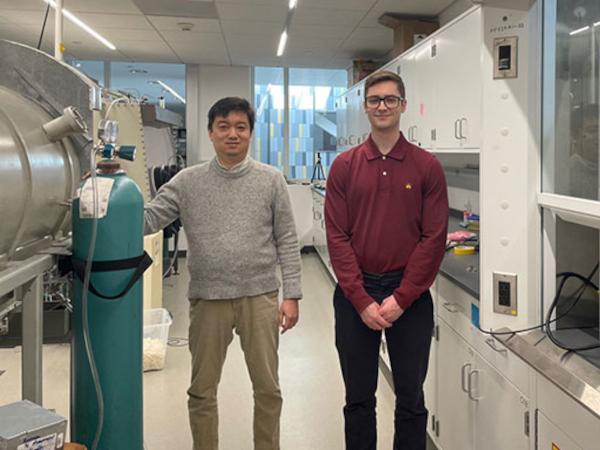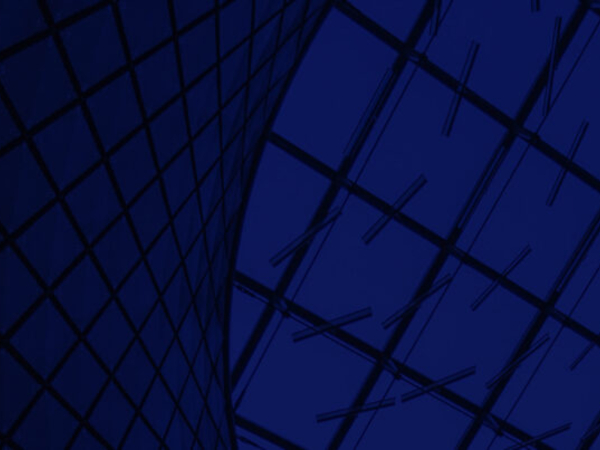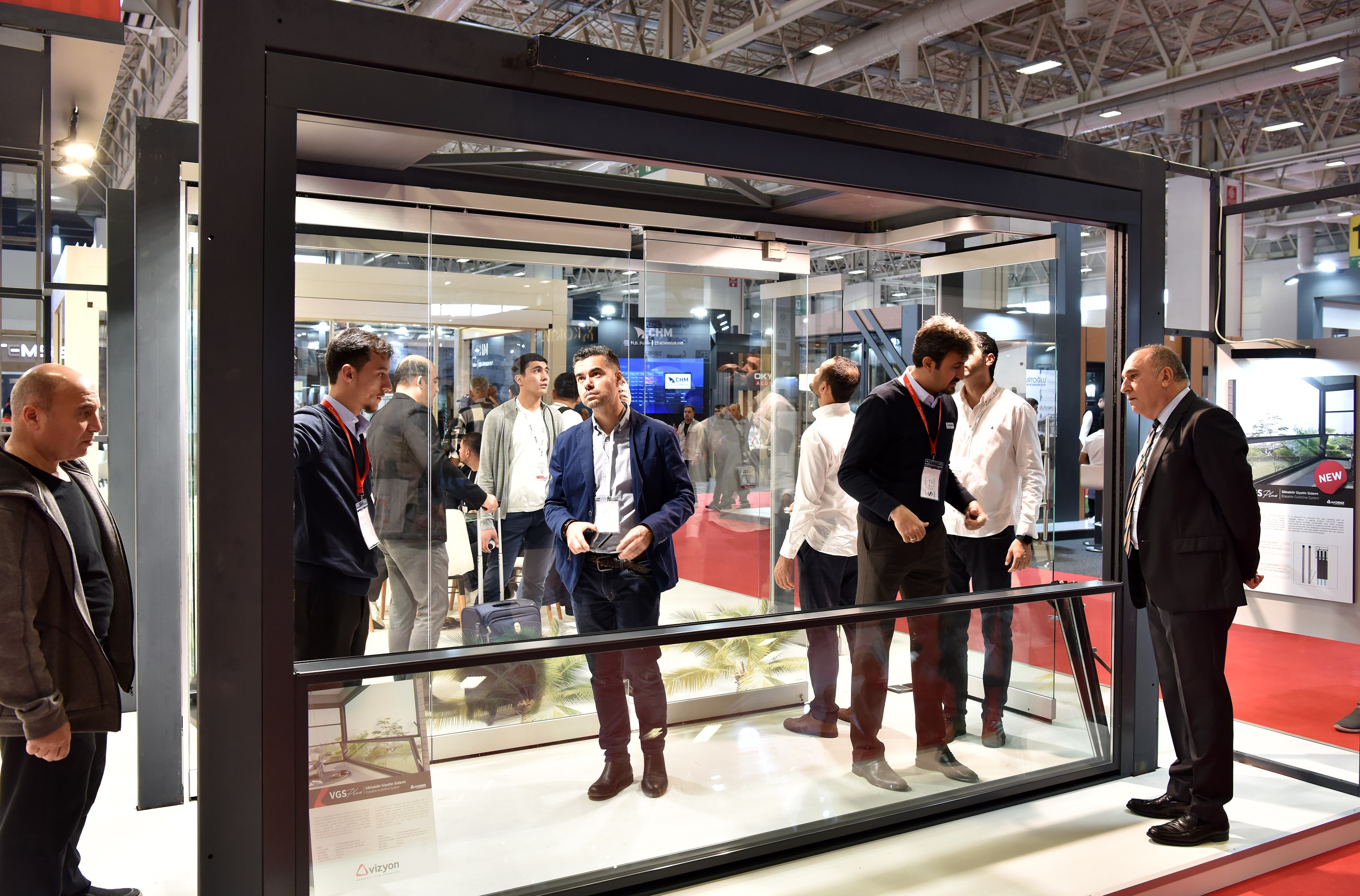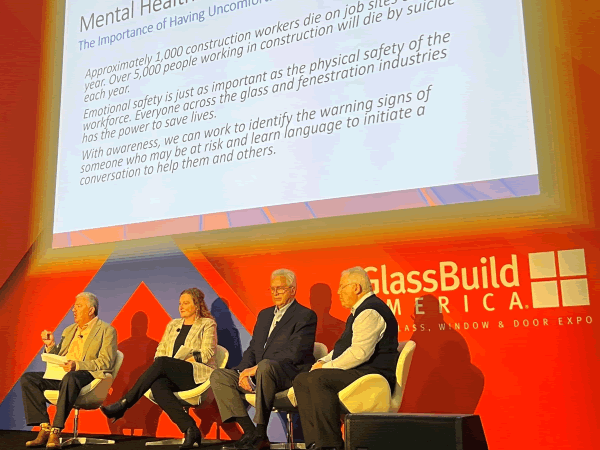
Date: 2 May 2024
Myungkoo Kang, assistant professor of ceramic engineering in Alfred University’s Inamori School of Engineering, has co-authored a paper on self-healing glasses which can repair themselves from damage caused by exposure to gamma radiation.
The paper, titled “Self-healing mechanisms for Ge-Sb-S chalcogenide glasses upon gamma irradiation,” was published April 17 in Material Research Society (MRS) Bulletin.
Among the paper co-authors are Patrick Lynch, a junior glass science engineering major at Alfred University, and Kathleen Richardson, ’82, MS ’88, PhD ’92. Richardson, who earned bachelor’s and doctoral degrees in ceramic engineering and a master’s degree in glass science from Alfred University, is Pegasus Professor of Optics and Materials Science in CREOL, the College of Optics and Photonics at the University of Central Florida and is a member of Alfred University’s Board of Trustees.
Chalcogenide glasses are made up of chalogen elements—sulfur, selenium, and tellurium—alloyed with elements like germanium and arsenic to create optical glass materials. Uses of chalcogenide glasses include infrared detectors, moldable infrared optics (such as lenses) and infrared optical fibers.
The paper co-authored by Kang outlined research of chalcogenide glasses and their reaction to exposure to gamma irradiation. Scientists found that microscopic defects in the glass, caused by exposure to gamma rays, are repaired over time in a room temperature environment. The research shows that metastable chalcogenide glasses can be used in a variety of applications, including in radiation sensors. Potential uses are particularly promising in extreme environments such as space and radioactive facilities, where gamma rays are prevalent. The findings may also provide insights into the microscopic origin of the self-healing process in a broader range of chalcogenide glasses.
Kang will present the paper at the American Ceramic Society (ACerS) Glass and Optical Materials Division (GOMD) Conference May 23 in Las Vegas, NV.
 600450
600450







Add new comment